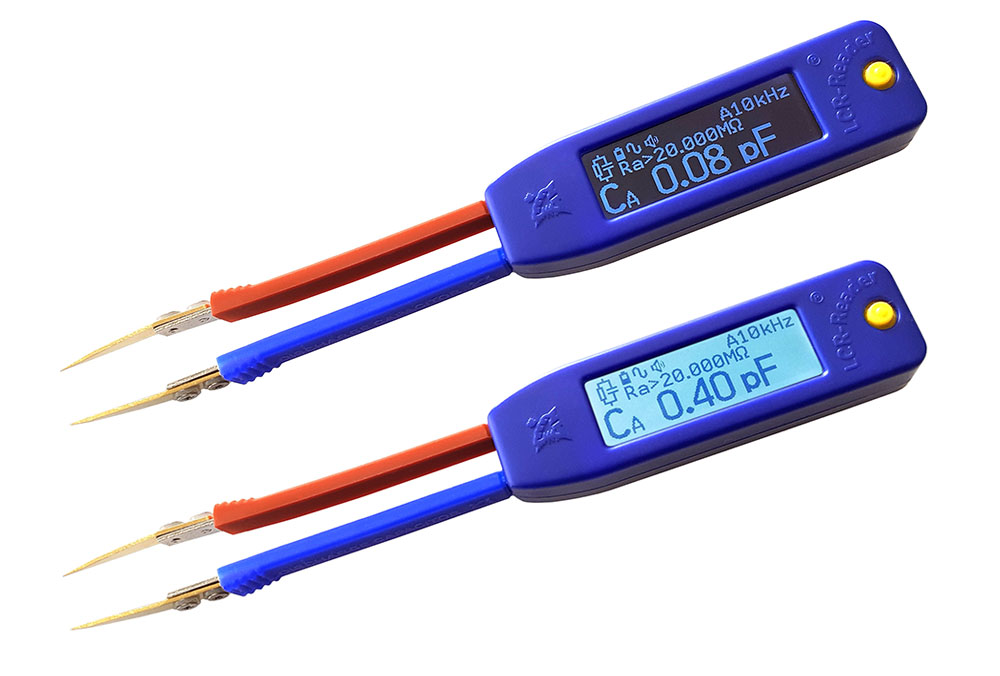Siborg published a white paper on TechBriefs about their newest device, the LCR-Reader-MPA. The paper gives insight to the devices’ capabilities and features.

The paper reviews how the device uses different measurement methods in order to produce high accuracy measurements, and the properties of operations. These operations include how the device is able to determine the type of component and test parameters to use. The paper also provides a short summary of the features and functions and an explanation how to use the Offset Removal feature.
The paper explains how LCR-Reader-MPA uses two methods of measuring capacitance using AC response method and DC charge/discharge methods. Using the AC response method allows the device to have a 0.1% basic accuracy for capacitances from 0.1 pf to 1 mF, the DC charge/discharge is more efficient in the range from 1 mF to 1 F.
The principle of operations is explained as “Voltage from the voltage source through a limiting 100 Ohm resistor is applied to the DUT connected at points A and B. The amplitude and frequency of the Test signal V are adjustable. The voltage drop on resistor Rj measured by DAj is proportional to the current flowing through the measured component. After digitizing the ADC signals the impedance is calculated according to the formula DUT impedance Z = Rj*Vau/Vaj.
For the Offset Elimination Technique is explained using the Capacitance Offset Calibration board; the dummy PCB uses holes to represent various sizes of components. Users place the tweezers’ tips in the corresponding hole to the component they are measuring and perform an open/closed calibration. The MPA will remove this value from the measured value, eliminating the value of any parasitics between the tweezers’ tips.

“Initial values of the impedance (offsets) obtained during calibration with Open and Short probes are stored in the non-volatile memory of the device and are considered in the calculation in the impedance of the measured component thus eliminating the offset due to the device internal parasitics.”